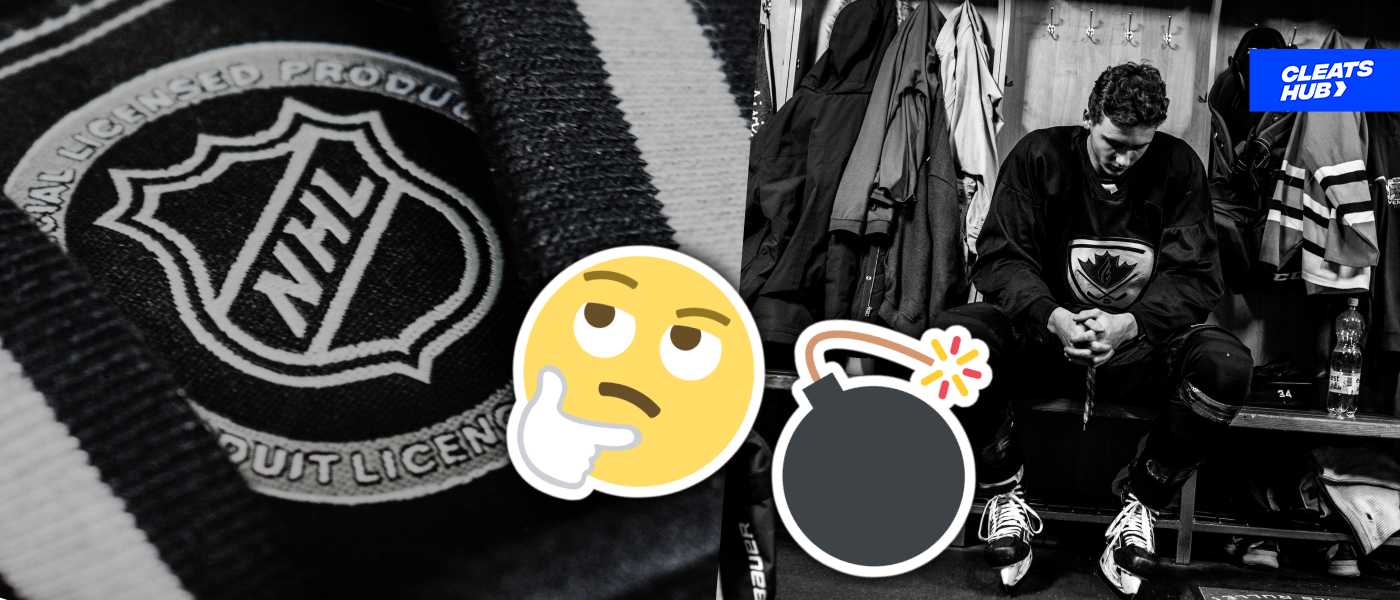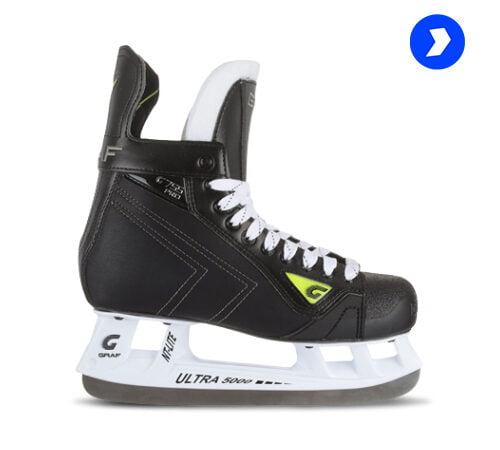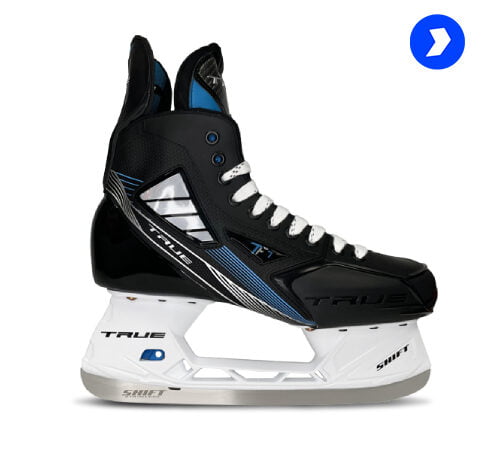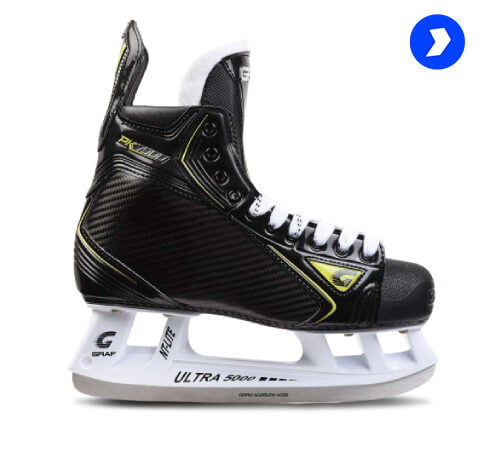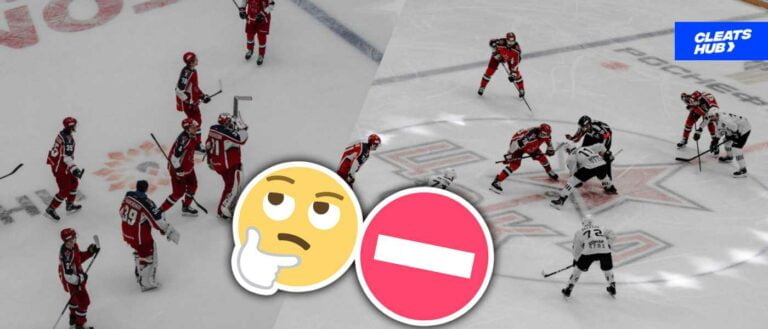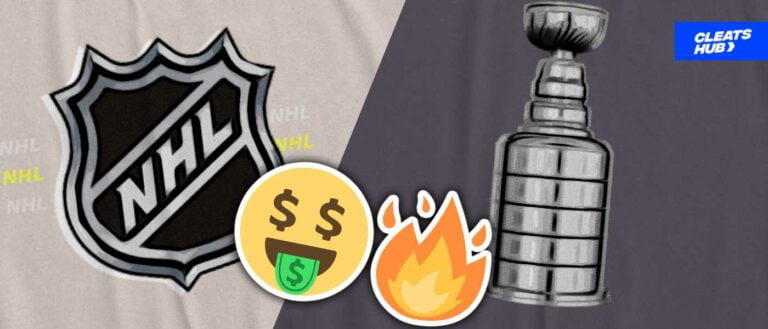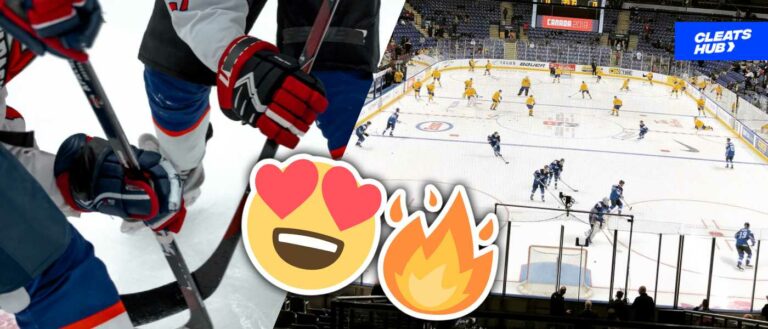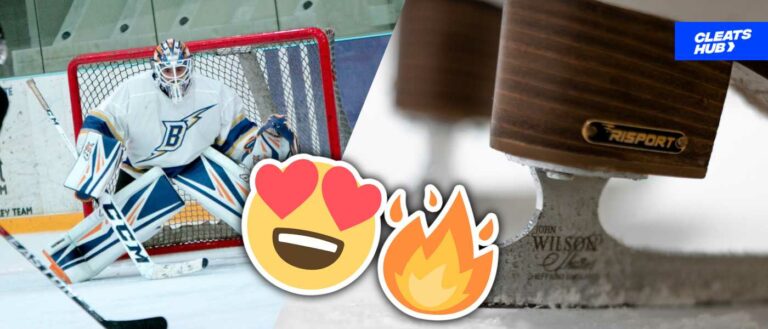Waivers In Ice Hockey: An NHL Guide
The waiver system in ice hockey is a complex aspect of the game because it’s not straightforward and has some exceptions. The information about what a waiver is, how the process works and the rules of waivers can be a lot to take in.
This is a beginner’s guide to the Waiver System. In this context, we will simplify the concepts associated with Waivers in Ice Hockey, how it works, and other additional information.
What are Waivers in Ice Hockey?
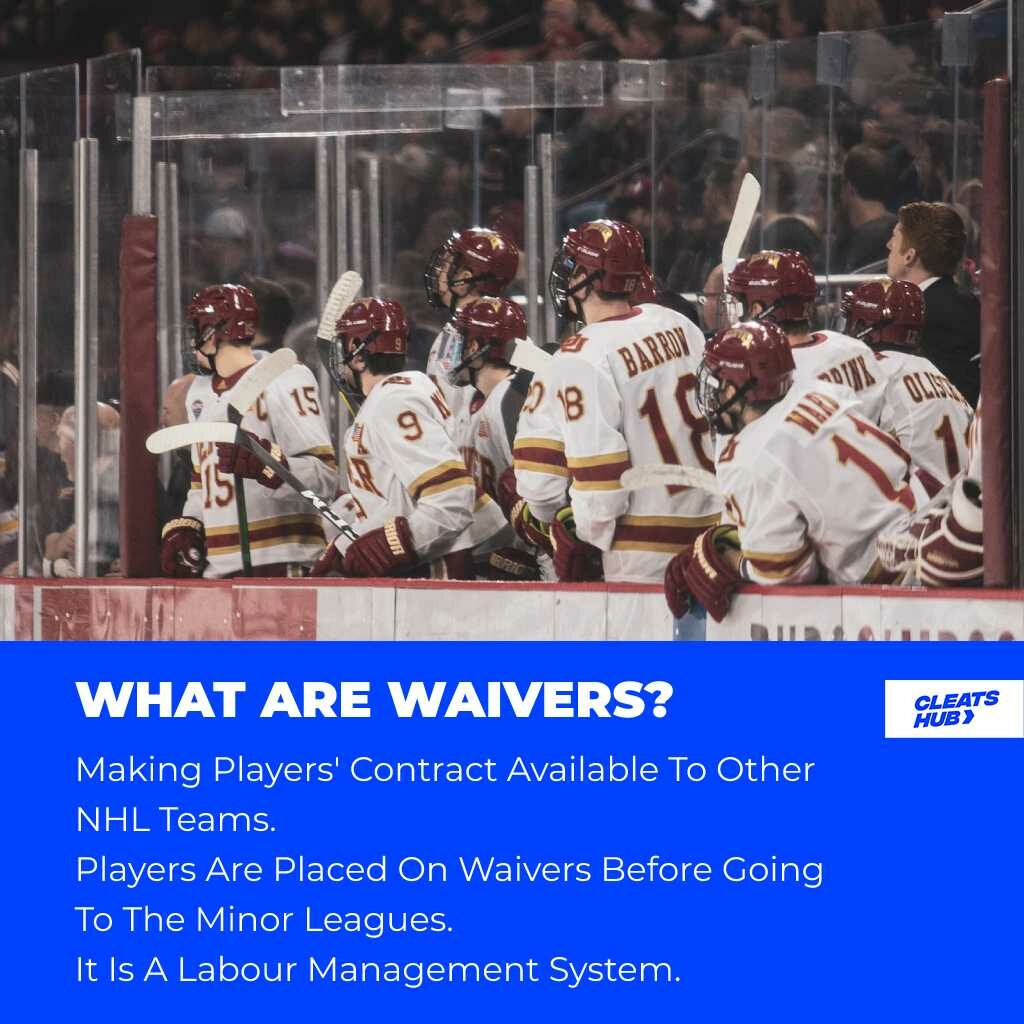
Waiver is a system in which a team in the NHL offers up the contract and rights of a professional player on their roster to any team (31 teams) in the league. In simple terms, waivers are a type of transfer system, where a team has to make pro players available to other teams in the NHL before having the ability to send them down to a minor league.
A player can be placed on waivers, if the team lists him as overpaid, not giving the expected outcome and if they wish to buy out or terminate the player’s contract. Also, waivers are a labour management system that is under the Collective Bargain Agreement (CBA) of the NHL.
Moreover, waivers control the tendencies of teams to hoard or stockpile pro players in minor leagues like the AHL. In order words, poor-performing teams get the best possible players because they are first priority when it comes to claiming players on waivers by major teams. Hoarding or stockpiling of players by teams in the NHL means, not wanting to release players by sending them out of the NHL into other minor leagues. Besides, the CBA does not recognize any other minor league affiliate aside from the American Hockey League.
What Does It Mean To Clear Waivers?
“Clear Waivers” is a term used when a player placed on the waiver wire is unclaimed by any team before the expiration of the waiver period. After a player has cleared waivers, he can be moved to an affiliate AHL team or remain in the NHL. However, the decision of what happens to a player after clearing waivers rests on the shoulders of the team’s General Manager.
What is it to claim a player on waiver?
When a player on waiver is claimed, it simply means that an NHL team has accepted his contract. In this case, the claiming team has to accept the player’s contract in full, clearing his name from the roster of his previous team.
Nevertheless, let’s say more than one team makes a waiver claim on a player, the team with the lowest possible points in the NHL team ranking gets the player (lowest point percentage). However, if this happens before November 1, the team with the worst ranking in the previous season gets the player.
Also, if it occurs after November 1, it will be based on the lowest possible point of the current season. This is done as an incentive to improve the performance of low-performing teams.
Reasons For Placing Players on The Waiver Wire
NHL teams can have a variety of reasons for placing a player on the waiver wire. Although it is most common when a team plans to loan the player to an AHL affiliate, it doesn’t mean that it is the only reason.
In some cases, it might be due to the high salaries of players. Even though the team might have a player whose performance is good, they might want to get his contract off their hands or loan him to an affiliate so his salary is substantially lesser (common when there is a 2-way contract).
In this case, the player is placed on waiver in hopes that he is claimed by another team. It is also important to note, clearing waivers does not mean a play must go to an AHL league affiliate. He can very much remain in the team if his skills are vital on the roster.
Types of NHL Waivers
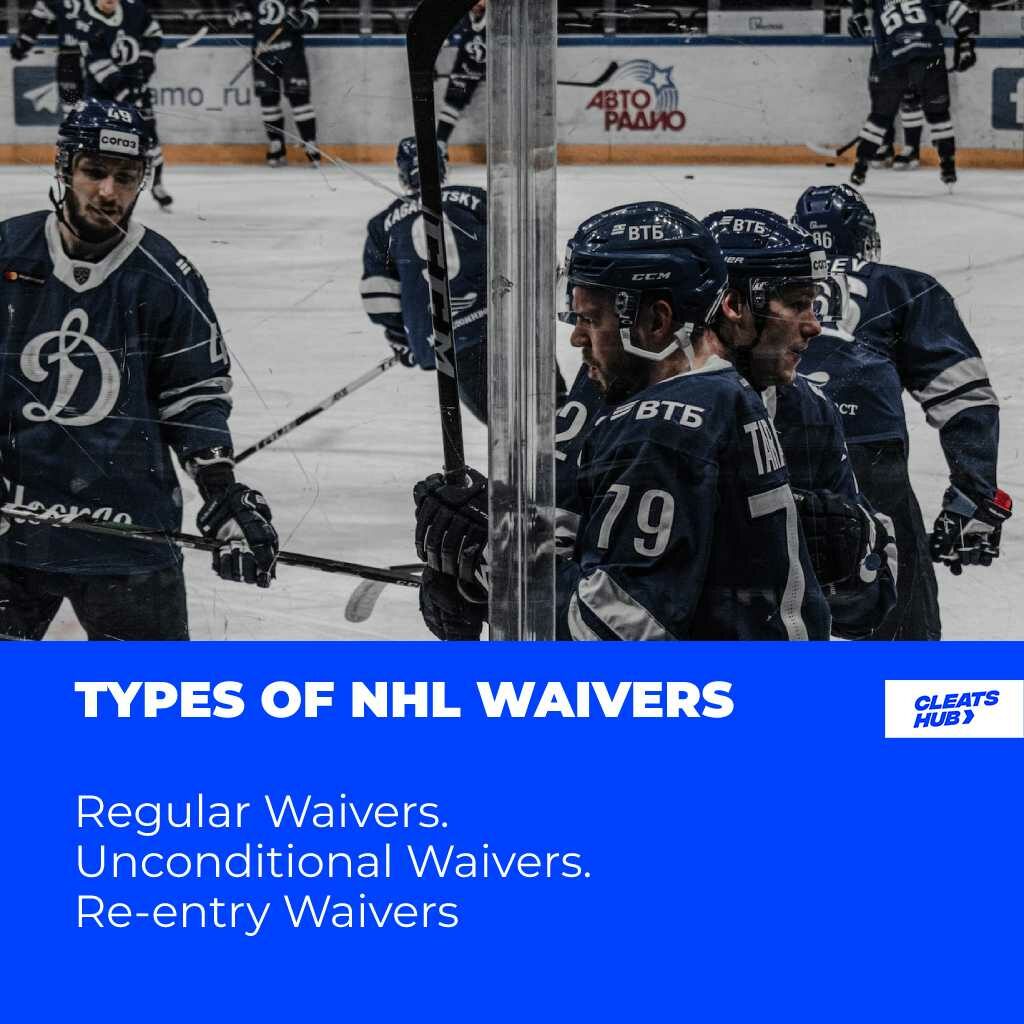
There are 3 types of waivers in the NHL and this is due to variations in the rules of waivers. The three types of waivers in the NHL are Regular Waivers, Unconditional Waivers and Re-entry Waivers.
Regular Waivers
Regular Waivers follow the general rule of the waiver process. In this case, a player is placed on the waiver wire and made available to be claimed. It is mostly done when the team plans to send a player to the AHL or plans to bring a player in, from another league.
Unconditional Waivers
Unconditional Waivers are waivers to buy out or terminate the contract of a player under the CBA terms. Although there are no rules on the termination of a contract, NHL teams use them to terminate players’ contracts especially when there has been a breach in the contract terms.
Teams in the NHL have players sign a term that the team has the exclusive right to the player, therefore, the team can terminate the contract of a player even if the player does not agree.
To buy out the player, the team must first notify the NHL and request to put the player on an unconditional waiver. After this, the player becomes an unrestricted free agent.
Re-entry Waivers
To be placed on a re-entry waiver, you must be in the AHL. This waiver applies to players placed on waivers before they were sent to the AHL, who are recalled back into the NHL.
Before the player can be brought back into the NHL, he will need to clear a re-entry waiver. The working of re-entry waivers is similar to regular waivers. It lasts for 24 hours and in cases of multiple waiver claims, the team with the lowest percentage points gets the player.
However, if a player gets claimed on a re-entry waiver, he will go to a new team. This means he will not be going to the team that recalled him. Also, the player’s new team will accept his contract in full (just like in regular waivers), however, the new team will be responsible for half of his salary while the recalling team takes the other half.
Exception To Re-entry Waivers
- Players are exempted when they have a two-way contract and with a player’s AHL contract under $105,000.
- When the player qualifies as a Veteran Minor League Player.
Waiver Exceptions

There are some exceptions for the types of players that are eligible for waivers. In this section, we will be taking a look at the instances where a player does not need to go under the waiver system.
Player’s Eligibility Waiver Status
Not every player in the NHL needs to clear waivers. Why? This is because there is a general eligibility requirement that must be met before a player is counted waiver worthy.
The general requirements are based on;
- Age: The age of the player after signing the first NHL contract.
- NHL Games Played.
- No of Years After The First NHL Signing.
The table below shows a brief overview of the requirement for a player to qualify for waivers.
| AGE of First NHL Signing | Years From First Signing (Goalies) | NHL Games Played (Goalie) | Years From First Signing (Skaters) | NHL Games Played (Skaters) |
| 18 | 6 | 80 | 5 | 160 |
| 19 | 5 | 80 | 4 | 160 |
| 20 | 4 | 80 | 3 | 160 |
| 21 | 4 | 60 | 3 | 80 |
| 22 | 4 | 60 | 3 | 70 |
| 23 | 3 | 60 | 3 | 60 |
| 24 | 2 | 60 | 2 | 60 |
| 25 | 1 | 1 |
The table above shows 2 requirement categories (Goaltenders and Skaters). Goalies have more exemption time than regular players because they do not play as many matches.
Summary of Table
- Stakers who sign their NHL contract at age 18, had to have played for 5 years or 160 games before being eligible for waivers (whichever comes first).
- The same number of games applies to contracts to sign at ages 19 and 20. However, the number of years of waiver exemption reduces to 4 and 3 years respectively.
- An exemption occurs when a player aged 18 or 19 has played in more than 11 NHL games. If it is a skater, their eligibility period decreases to 3 years, but if they are goaltenders it becomes 4 years.
- Goaltenders who sign their first contract at ages 18 and 19, will be waiver eligible after 160 matches. Or after 6 years for an 18-year-old, and 5 years for a 19-year-old.
Emergency Recall
It is a procedure in the NHL, that every team should always have a minimum of 2 goaltenders, 6 defensemen and 12 forwards on its active roster. The number of active players on a team’s roster must always be more than the minimum. Although, in cases when a team has below the minimum due to suspension or injuries, it can recall a player from its minor league team.
Any player brought into the NHL from the AHL will not be waiver eligible and does not need to pass through a re-entry waiver. Emergency waivers last for the period needed for the inactive player to become active, after which the recalled player goes back to the AHL. In addition, the player will not need to pass through waivers when going back to the NHL.
Conditioning Assignment
In this scenario, a team does not want to completely release a player from the NHL, but at the same time wants him to play in the minors for a bit. In this case, it is a conditioning assignment and he can go and play in the AHL without clearing waivers and also return to the NHL without clearing waivers.
However, the player can not exceed 14 days in the minor league before he returns to the NHL.
Players Who Just Went Under The Waiver Wire
Players who just went through the waiver system, do not need to go through it again, at least for a certain timeframe. Once a player has cleared waivers but is recalled in the same season, he only needs to clear waivers again if he has:
- Spent 30 days or more in the NHL after he was cleared
- Played 10 or more NHL games
Players With A “No Movement Clause” in Their Contract
Older players in the League (27+) usually ask for a “No Movement Clause” in their contract so that their team will not move them to the AHL. With this agreement, the team is unable to trade or waive the player until the end of his contract.
How The Waiver Process Works In The NHL
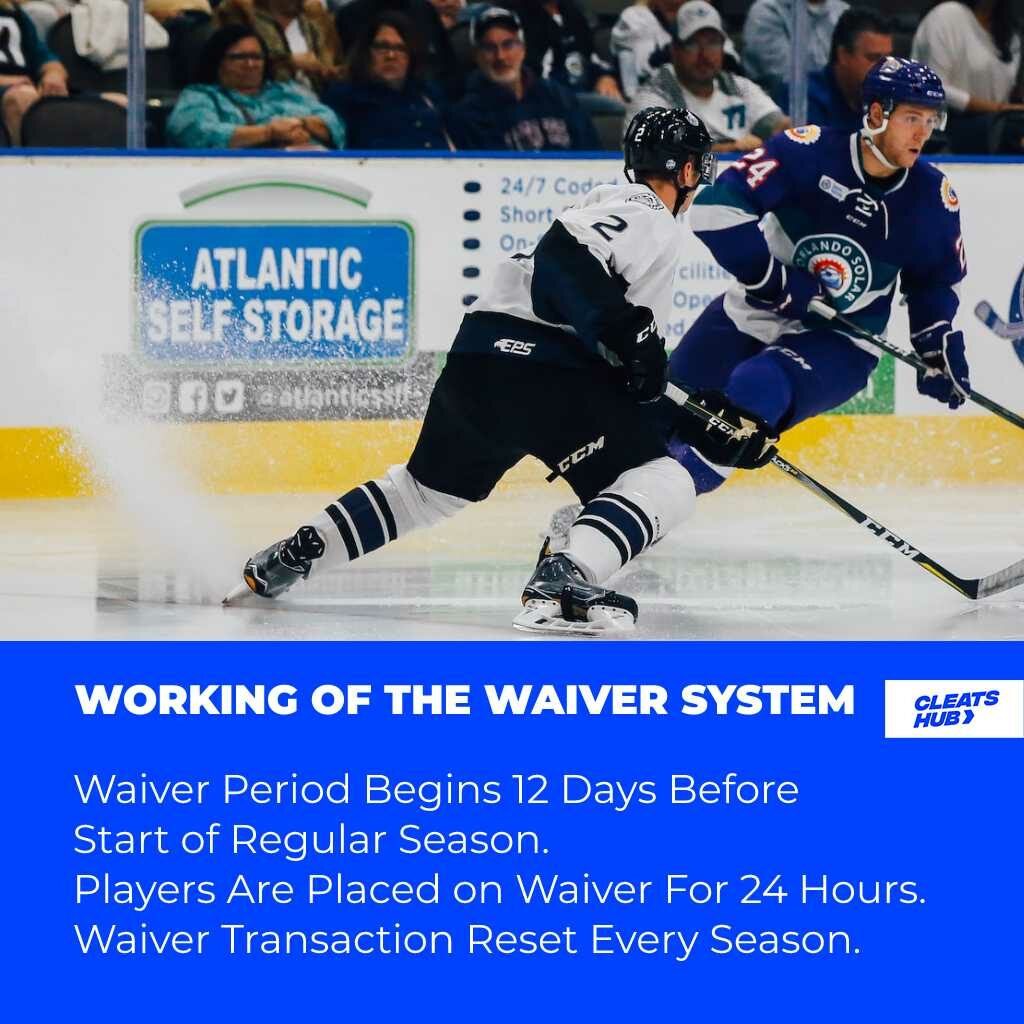
The waiver window is wide as it begins 12 days before the start of the NHL regular season and lasts till the last day of the team season. Let’s say a team wants to put a player on waiver, a request will have to be submitted to the NHL.
It is only after the request is accepted that the waiver duration of 24 hours will start counting. The waiver duration of a player starts at exactly noon (12 pm) Eastern Time, ending 24 hrs later.
In addition, all waiver transactions are resets by the NHL at the beginning of every waiver period in the next season. It means if a player clears waivers in the previous season without being re-called, he will be placed on waivers again during the current season if the team wants him to move to the AHL.
Teams have to accept the full contract term of players in their previous team when claimed off the waiver wire. There is no room for negotiation or adjustment.
Does One-Way and Two-Way Contracts Affect Waiver Eligibility?
Players who have a one-way contract with their NHL team get the same salary if they play in the NHL or AHL team. However, the terms of two-way contracts are different from one-way contracts. Unlike one-way contracts, two-way contracts are agreements, that the player will have two different salary types. If the player plays in the NHL his salary will be different, usually more, than when he is in the AHL.
A common misconception people have is that players’ waiver eligibility depends on if they have a one-way or two-way contract. In reality, this only determines a player’s salary payment and nothing else.
Waiver Compensations

When a team claims a player off the waiver wire, they will pay a waiver compensation to the team giving up the player. People say claiming a player off waiver is free, however, this is not the complete truth. After claiming a player’s contract, the claiming team makes waiver compensation which is usually a very small fee. To determine the fee, the CBA considers the player’s position and years of experience.
| Years with a Signed SPC | Waiver Compensation for Goaltenders | Waiver Compensation for Skaters |
| 2 | $90,000 | $67,500 |
| 3 | $75,000 | $56,250 |
| 4 | $67,500 | $41,250 |
| 5 | $63,750 | $26,250 |
| 6 | $15,000 | $15,000 |
| 7 | $13,125 | $13,125 |
| 8 | $11,250 | $11,250 |
| 9 | $7,500 | $7,500 |
| 10+ | $3,375 | $3,375 |
However, Waiver Compensation for Goaltenders and skaters with Unconditional waivers is $125.
Players claimed off Waiver
| Player Name | Claiming Team | Former Team |
| Axel Jonsson-Fjallby | The Winnipeg Jets | Washington Capitals |
| Connor Ingram | Arizona Coyotes | Nashville Predators |
| Josh Mahura | Florida Panthers | Anaheim Ducks |
| Jerrad Tinordi | Chicago Blackhawks | New York Rangers |
Conclusion
This is as simplified as it can get. This right here is the fundamental information on the Waiver system of ice hockey.
Now, you should have a good idea of why certain types of players are placed on waivers and why others aren’t. This, in turn, will give you a better understanding of the game and system.
Psstt…. The Top Performing Cleats

